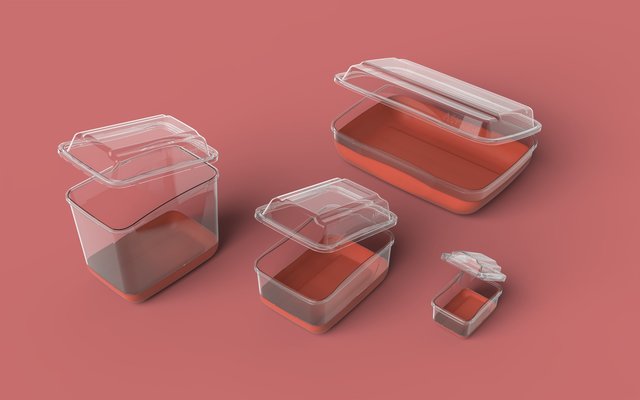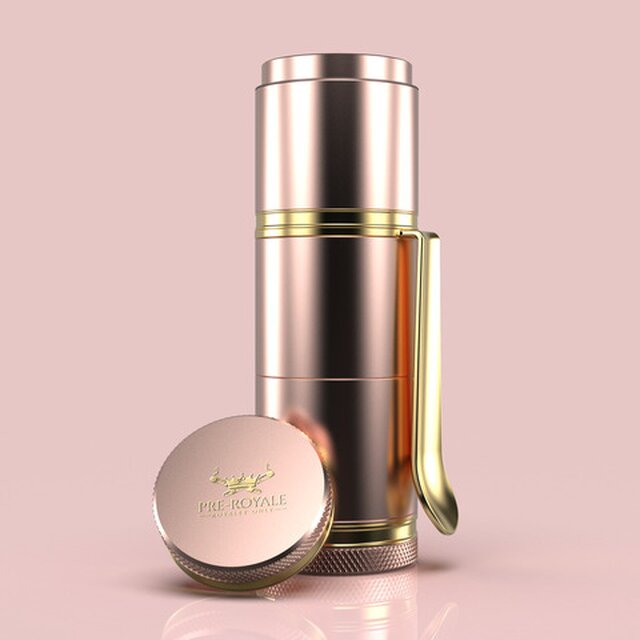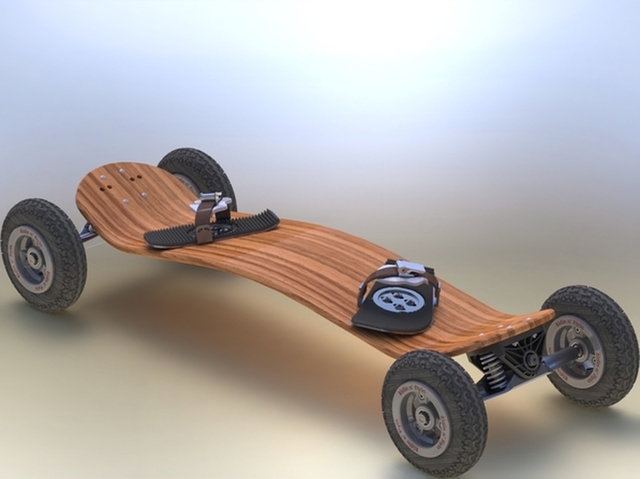When you have a great idea for a product and want to start a business around it, the path to creation can seem a little daunting. You may not know where to begin. Unfortunately, the process of product development can be so overwhelming that many aspiring entrepreneurs decide not to start at all. If you have an idea for a product but don’t know where to begin, don’t worry. The product development process can be easily explained, and getting on track is not too difficult. Here are the steps of product development and how to get your project from a mere idea to a finished product.
 Table of Contents
Table of Contents
Step 1: The idea
You’ve likely started this step if you’re reading this. To create a new product, you must first form an idea about what you want to create. This step is called ideation. It’s common, however, for people to never go beyond this stage. This can happen for many reasons. It could be that the idea you have isn’t “perfect” or that it is a rehash of an old idea. Don’t worry about it if this is the case. Many of the best products are just improvements on existing products. This is where a product design service comes in.

Sometimes you may want to create a new product but have no idea what you want to create. If that’s the case, you can prompt yourself through the SCAMPER model. The SCAMPER model gives you ideas to help you look for ways to create or improve a product. Here’s a breakdown.
- Substitute
Can you improve on an existing product by making it from something else? Think of vegans who want to enjoy the feel of fur or drink milk without having to exploit animals. The popularity of faux fur and almond milk derived from these desires. - Combine
Have you ever seen a convenient tool that combines to make other things? A turkey baster, for example, with a brush attachment that lets it brush oils on a turkey as well as suck up juices. These combination tools can make old products unique and innovative again. - Adapt
Can a product be designed for people who would otherwise struggle to use it? People with disabilities, for example, may struggle with tasks like peeling oranges, while pregnant women may struggle to tie their shoes. A product adapted to their needs may find a niche market. - Modify
Ever use a clunky product and think to yourself, “I could do better than this.” Sometimes, all a product needs is to be made more ergonomic, or simply look more attractive to sell. - Put to a new use
Sometimes old products can be used in new ways. Think about how grateful your elderly pet is to receive a bed that cushions their joints. Just as a supportive mattress helps us, it also benefits our pets. - Eliminate
Is there someone you can remove from the process? By streamlining the production process, you may be able to cut out the middleman and create a business model around direct-to-consumer savings. - Reverse
Sometimes a solution is in what you remove rather than what you put into it. Is there something annoying that normally happens with a product that you can remove? How about a spray bottle that never quite finishes all of the product inside? By reversing these problems, you can improve a product and make it better.
When brainstorming your new idea, going through the SCAMPER model can give you a direction to go in. The next step after this is to make sure your idea will really work. Sometimes, a great idea hasn’t been invented yet because it isn’t technically feasible, or there is no market for it. To make sure your idea has some hope of being successful, the next step is to research the product.
Step 2: Researching your product
There are a lot of reasons why an idea that seems great on paper may not work. Research is a great way to help save costs by making sure you don’t take the time to create and produce a product that has no market. You can get started in your very own home. Your friends and family can listen to your product idea and give you immediate feedback on whether it’s a good idea or not. This can’t be the only advice you receive to assure you of whether it’s a good idea, but friends and family can give you immediate feedback.
Other ways you can confirm your idea has merit include conducting surveys online, measuring interest with crowdfunding campaigns, and researching demand. Demand is the most important thing to assess because while you could potentially develop new technologies that don’t exist yet, you can’t make demand where there is none. This, of course, is just step one of research. There’s no point in going farther if there’s no demand, but once you’ve assessed that there is demand for the product, it’s time to determine if the product itself is viable.

Here’s a breakdown of what to check for before moving to the next phase of development. An industrial design service can help.
- What’s the competition like
Perhaps there’s a new toy that’s all the rage right now. You might have the best new trading card game or fidget spinner idea, but if there are already a million of them on the market, your product might not sell well.
A saturated market isn’t a good market to be in. - Review competitor websites
A few competitors aren’t a problem and may be a good thing. It shows that there is a market for your product. As long as there aren’t so many competitors out there you can’t possibly find your corner, this is good.
Take the time to look at the competitor websites, and even sign up for their e-mail lists. Read their advertisements, and see how they are attracting customers. What’s working for them? Do they offer discounts, or use social media? Who is their customer base? Through looking at the competition, you can see the demographic that will benefit you as well, so you know who to advertise to.
Step 3: Get ready for production
Once you’ve done your due diligence, exciting stuff is about to happen! You have an idea for the product, you know there’s a market for it, and you may even have some ideas for how to market it. To get to the next phase of production, you’ll need a plan and a product engineering service. Get sketches done of what the product will look like, and start collecting as much data as you can.
There’s no need to make the sketch perfect, as long as it gets the idea across. Someone else on your team will refine this later. You’ll also need to write out a list of parts. A pillow, for example, will need stuffing for the center, cloth for the outer portion, thread, etc. You use this stage to plan out some additional things. If you’re marketing your pillow as the world’s most environmentally friendly pillow, for example, the materials will need to be sustainably sourced, etc.
Create a prototype
The next phase is to create as close to a real copy of the product as possible. This product doesn’t have to have the same materials as the real thing, but it needs to show a manufacturer how the product is to look. You can save time and money on this phase by having the prototype created in the form of a 3D model rather than a physical product. Unless you can make the product yourself with home materials (such as a pillow), getting a manufacturer to print off a single prototype, or even a few dozen, is very expensive.

3D models are just as clear to manufacturers and financers, and cost less to produce. A rapid prototyping design service can help.
Build your supply chain
It’s finally time! After all these phases are complete, you can now get to the part you probably think of when it comes to producing a product. You’ll begin talking with vendors, manufacturers, and other team members to get your product underway. The biggest part is connecting with a manufacturer, securing a non-disclosure agreement with them, and sharing the product information to see if it can be built. You’ll also need to connect with material vendors who can supply you with the products you need to create it.
RELATED: 3D Rendering and Visualization Industry Trends for Service Firms and Freelancers
The manufacturers may need more information than your prototype shows—a 3D model is once again helpful here because it can be designed in such detail as to show every screw and stitch in a product, limiting the number of mistakes made. The vendors will give you an estimate of costs, which will help guide your pricing for the product. Once you’ve secured a manufacturer and the vendors, you’ll be able to come up with a price tag for retailers.
Creating a product is complicated, but most of the hard work comes before the manufacturers. Once you have contacted a manufacturer, most of the work has been completed. It takes planning to create a good product, but the effort will be well worth it once the first products start arriving.
Cad Crowd can help
At Cad Crowd, we have a network of some of the best product design services on the market. If you’re looking for some help getting your new product idea made, let us help. Find out how it works.
